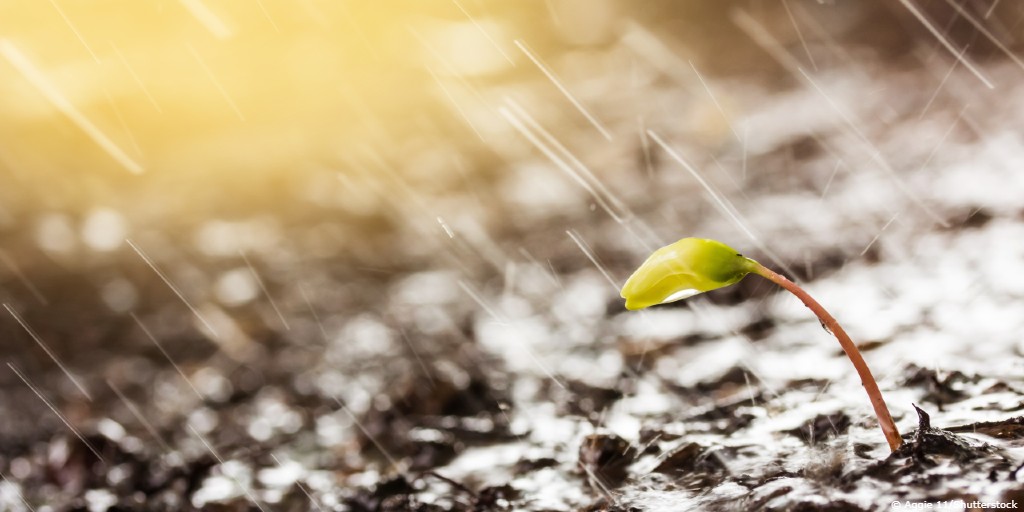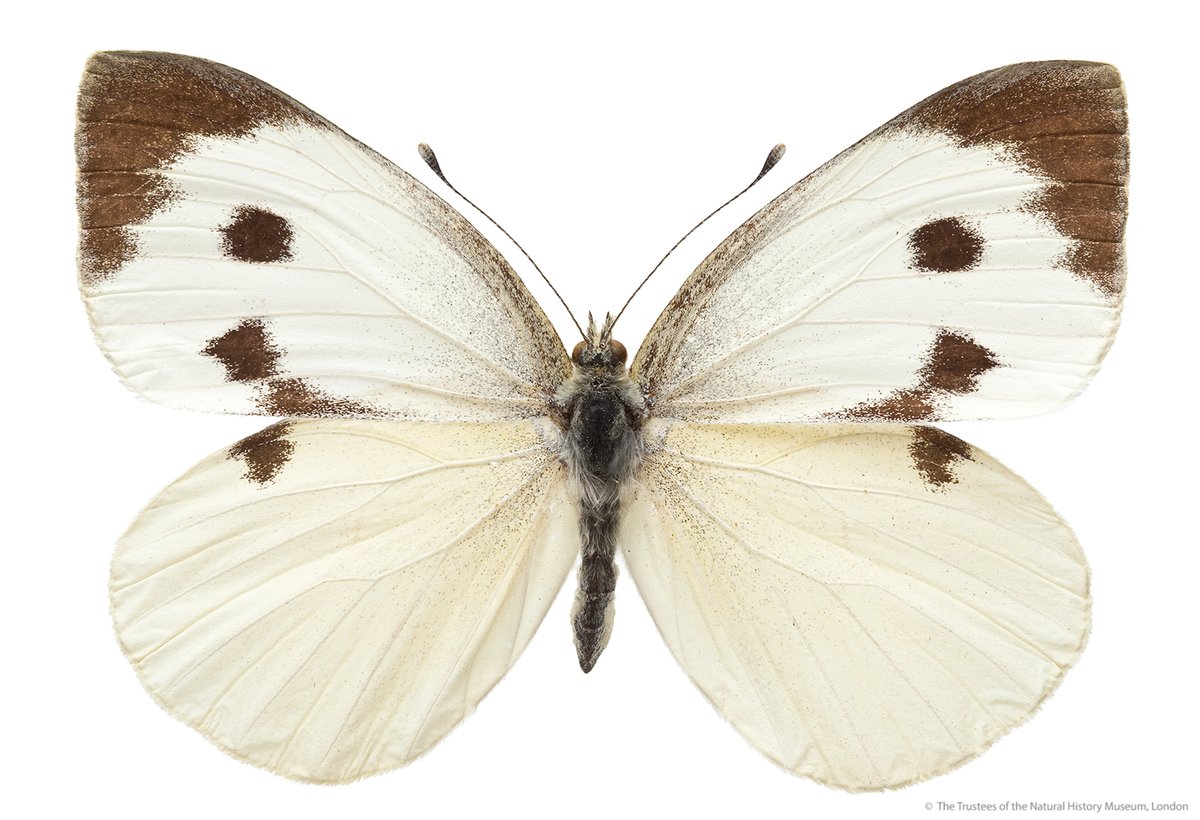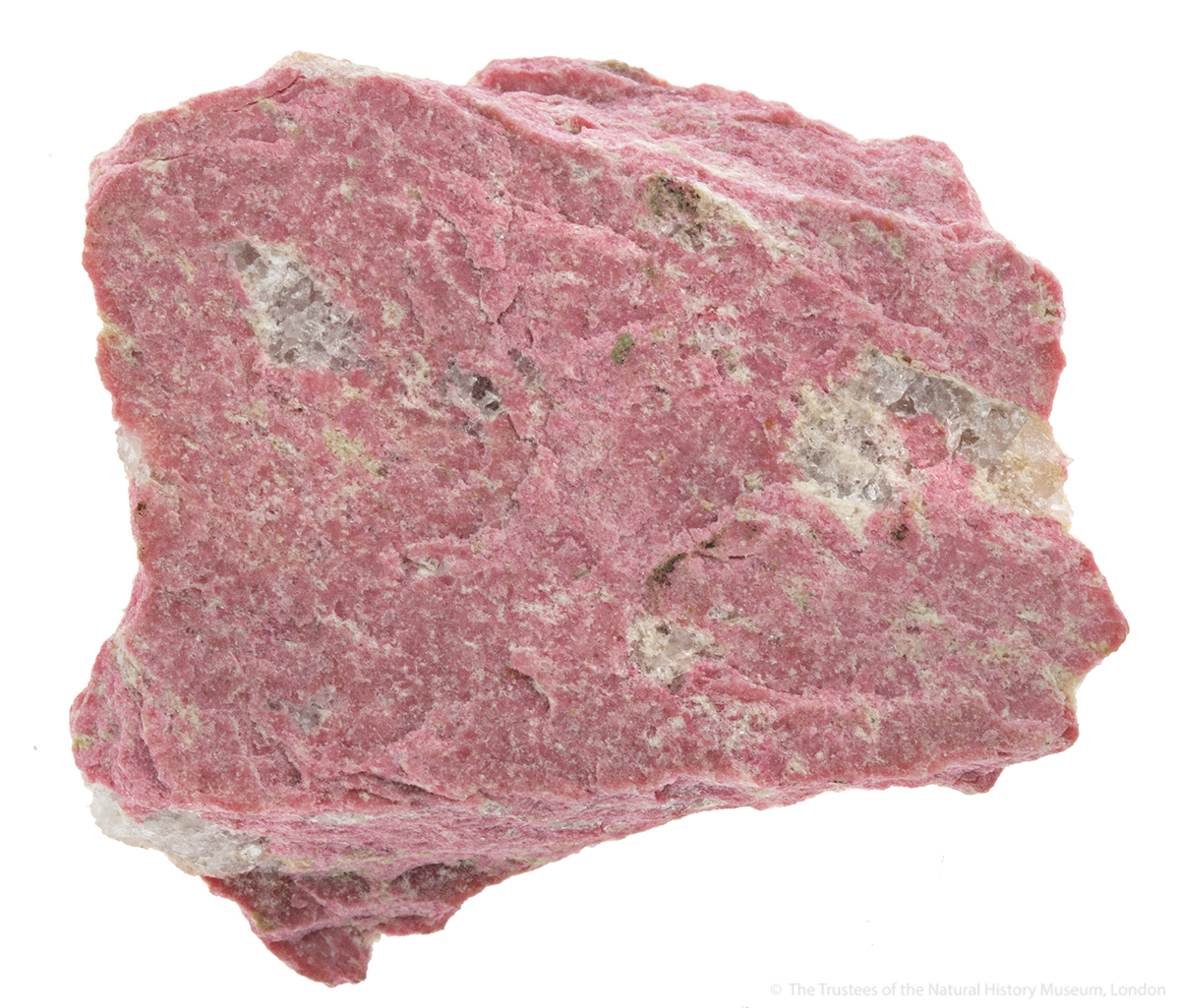Just over a week ago, a fireball was seen streaking across the night sky in the UK.
Now, for the first time in 30 years a UK meteorite has been recovered, from a driveway in Gloucestershire.
But this meteorite started its journey long, long ago... 1/
nhm.ac.uk/discover/news/…
Now, for the first time in 30 years a UK meteorite has been recovered, from a driveway in Gloucestershire.
But this meteorite started its journey long, long ago... 1/
nhm.ac.uk/discover/news/…
In fact, it started its journey over FOUR BILLION YEARS AGO.
While Earth was taking shape deep within the hot, chaotic swirl of dust and gas as the Sun coalesced at the centre, other bodies were forming further out where the temperatures were cooler. 2/
While Earth was taking shape deep within the hot, chaotic swirl of dust and gas as the Sun coalesced at the centre, other bodies were forming further out where the temperatures were cooler. 2/

It is thought that there was a hypothetical boundary called the snow line, beyond which further away from the Sun, water vapour could condense into water ice.
Because there was no pressure this water did not go through its liquid phase, but rather went straight to solid. 3/
Because there was no pressure this water did not go through its liquid phase, but rather went straight to solid. 3/

This means that water ice was available to be accreted, or incorporated, in these more distant objects such as the gas giants and asteroids as they formed.
Somewhere within this maelstrom the asteroid which would produce this meteorite may have originated. 4/
Somewhere within this maelstrom the asteroid which would produce this meteorite may have originated. 4/
In order for water and volatiles to have come to Earth, they must have come from bodies that formed far out in the solar system, and then travelled inwards once the Sun reached a more stable state. 5/
nhm.ac.uk/discover/news/…
nhm.ac.uk/discover/news/…
By looking at the chemical signature of water, scientists have figured out that almost all water on Earth must have been delivered here by early asteroid impacts.
Broadly speaking there are three main types of meteorites and the asteroids they are thought to have come from. 6/
Broadly speaking there are three main types of meteorites and the asteroids they are thought to have come from. 6/
The most water-rich of these are known as carbonaceous chondrites, which can be up to 28% water.
And they are EXCEEDINGLY rare. Of around 65,000 known meteorites, only 51 are carbonaceous chondrites.
This new meteorite is one of them. 7/
And they are EXCEEDINGLY rare. Of around 65,000 known meteorites, only 51 are carbonaceous chondrites.
This new meteorite is one of them. 7/
Some of these asteroids then spent the next few billion years whizzing around the Solar System, many orbiting in the asteroid belt found between Mars and Jupiter.
Eventually a chunk of one asteroid was broken off, perhaps after a collision with another lump of speeding rock. 8/
Eventually a chunk of one asteroid was broken off, perhaps after a collision with another lump of speeding rock. 8/
Either way, a piece of one carbonaceous chondrite was sent hurtling off course from the asteroid belt and, on 28 February 2021, it blazed through the Earth's atmosphere over western England. 9/
The extreme heat and friction as it travelled some 13 km/s turned it into a fireball, visible to hundreds of people who just happened to be looking up at the night sky at around 21:56.
It was also picked up by a network of cameras looking out for just this kind of event. 10/
It was also picked up by a network of cameras looking out for just this kind of event. 10/

Finally, after forming some four BILLION years ago while the Sun was still yet new and travelling countless TRILLIONS of kilometres, this tiny piece of ancient rock came to a stop.
In a driveway. In Gloucestershire. 11/
In a driveway. In Gloucestershire. 11/
It is now at the Museum, being looked after by our amazing scientists.
They are hoping that by studying this meteorite, older than the Earth itself, they can help figure out not only where most water came from, but also the building blocks of life itself.
Incredible. 12/
They are hoping that by studying this meteorite, older than the Earth itself, they can help figure out not only where most water came from, but also the building blocks of life itself.
Incredible. 12/

None of this would have been possible without an extraordinary group of international scientists, working together to help hunt down this meteorite.
These have included, but are not limited to, @NHM_Meteorites, @EarthSolarSystm, @UofGlasgow, @OU_SPS, @PlymUni and UKFAll. 13/13
These have included, but are not limited to, @NHM_Meteorites, @EarthSolarSystm, @UofGlasgow, @OU_SPS, @PlymUni and UKFAll. 13/13
• • •
Missing some Tweet in this thread? You can try to
force a refresh













